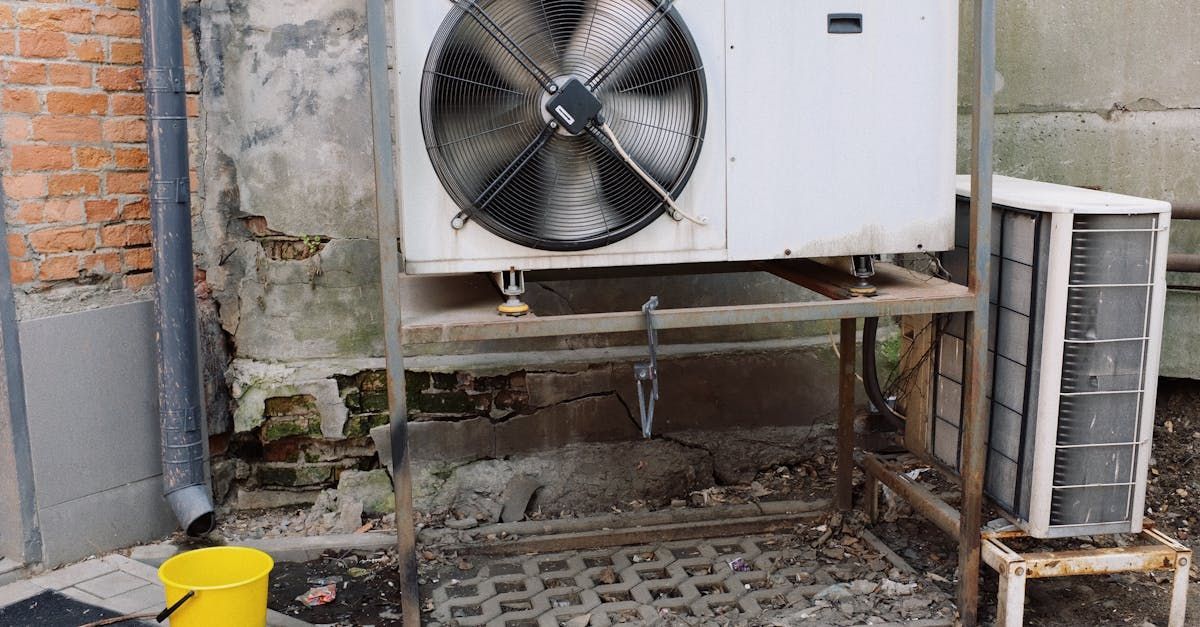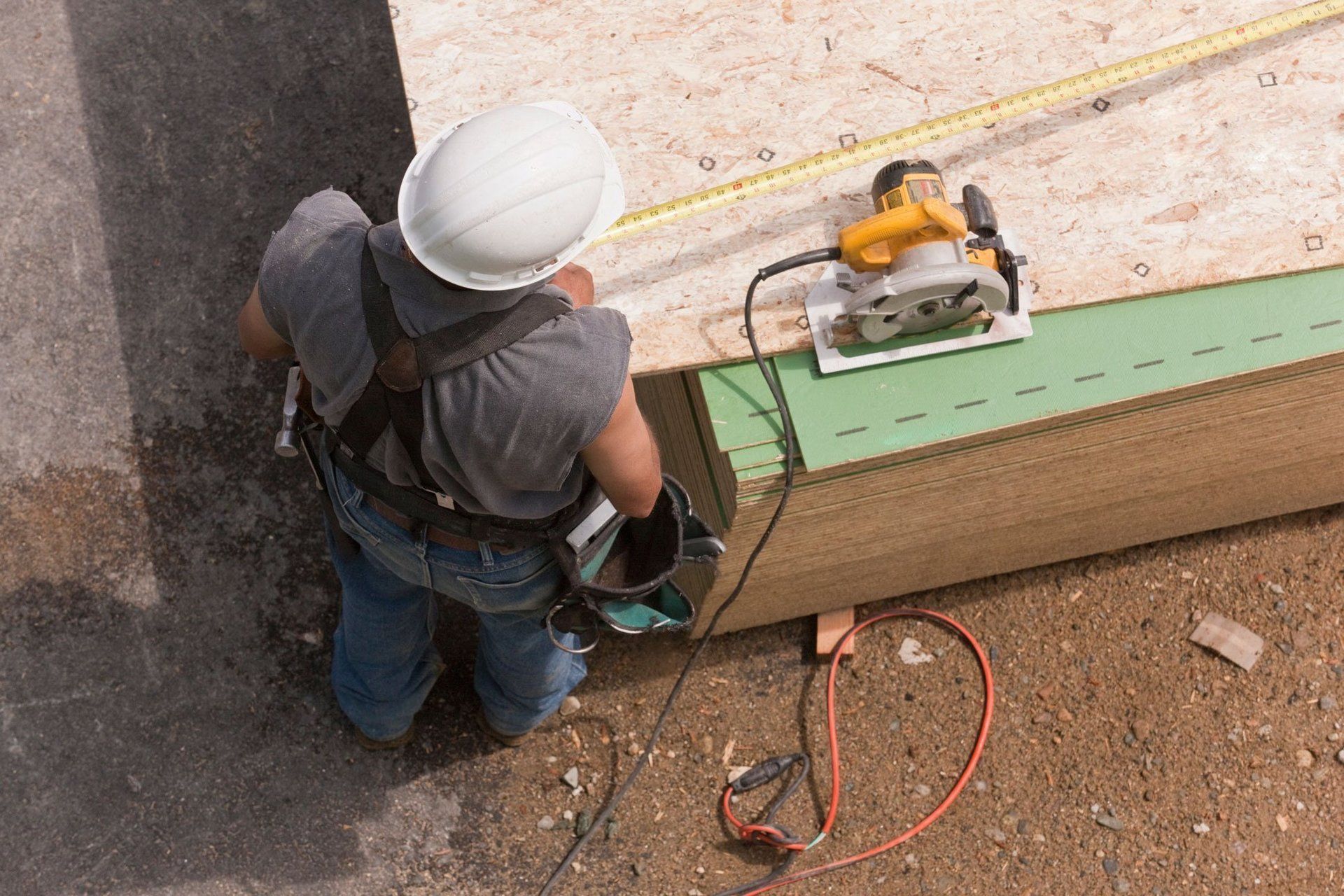Creating Climate Control: HVAC Insights for Drywall Projects
Enhancing Drywall Projects with Efficient Air Conditioning and Heating
In modern construction and renovation, the integration of air conditioning and heating systems with drywall projects is crucial for creating a comfortable and energy-efficient environment. Whether you are undertaking a new construction or a remodeling project, understanding the relationship between air conditioning and heating and drywall can significantly impact the overall effectiveness of your HVAC system.

Understanding the Basics
The Role of Drywall in HVAC Efficiency
Drywall, also known as gypsum board, plays a vital role in the structural and aesthetic aspects of buildings. It provides a smooth surface for walls and ceilings and serves as a critical component in the thermal and acoustic insulation of a building. Proper installation and maintenance of drywall are essential for ensuring the efficiency of air conditioning and heating services.
Importance of Professional Installation
Professional installation of drywall ensures that the material is properly secured and sealed, preventing air leaks that can reduce the efficiency of air conditioning and heating systems. It also ensures that there are no gaps or spaces that could allow for moisture accumulation, which can lead to mold growth and compromise indoor air quality.
Integrating HVAC Systems with Drywall
Planning and Coordination
Effective integration of air conditioning and heating services with drywall projects requires meticulous planning and coordination. It is essential to collaborate with HVAC professionals and drywall contractors to ensure that the ductwork, vents, and other components of the HVAC system are correctly installed and concealed within the drywall framework.
Ductwork and Vent Placement: Proper placement of ductwork and vents is crucial for the optimal performance of air conditioning and heating systems. The ductwork should be insulated and sealed to prevent air leaks, and the vents should be strategically placed to ensure even distribution of air throughout the space.
Access Panels:
Installing access panels in the drywall allows for easy maintenance and repair of HVAC components without causing significant damage to the walls or ceilings. These panels should be discreetly placed to maintain the aesthetic appeal of the interior.
Insulation: Proper insulation of the drywall helps to maintain the desired indoor temperature, reducing the workload on air conditioning and heating services near me. Insulation materials such as fiberglass or foam boards can be used to enhance the thermal efficiency of the building.
Addressing Common Issues
Dealing with Moisture and Humidity
Moisture and humidity can pose significant challenges to both drywall and HVAC systems. High humidity levels can lead to the formation of condensation on ducts and vents, causing damage to the drywall and reducing the efficiency of air conditioning and heating systems. To address this issue:
Dehumidifiers: Installing dehumidifiers can help to control indoor humidity levels, protecting both the drywall and the HVAC system.
Proper Ventilation: Ensuring adequate ventilation in areas prone to moisture, such as bathrooms and kitchens, can prevent humidity buildup and protect the drywall from damage.
Soundproofing
Soundproofing is another critical aspect to consider when integrating air conditioning and heating systems with drywall projects. The noise generated by HVAC systems can be disruptive, particularly in residential settings. To mitigate this:
Soundproof Drywall: Using soundproof drywall can help to reduce the noise transmitted through the walls and ceilings.
Insulation:
Adding insulation around the ductwork and using sound-dampening materials can
further reduce noise levels.
Ensuring Energy Efficiency
Energy efficiency is a key consideration for both air conditioning and heating service
company and drywall projects. By optimizing the integration of these systems, you can achieve significant energy savings and reduce your environmental impact.
Sealing and Insulation: Properly sealing and insulating the drywall and ductwork can prevent air leaks and enhance the efficiency of air conditioning and heating systems.
Energy-Efficient Materials: Using energy-efficient materials for both drywall and HVAC systems can contribute to overall energy savings.
Regular Maintenance: Regular maintenance of both the drywall and HVAC systems ensures that they operate at peak efficiency, reducing energy consumption and prolonging their lifespan.
Choosing the Right HVAC and Drywall Contractors
When selecting contractors for your project, it is essential to choose professionals who have experience in integrating air conditioning and heating systems with drywall. Look for contractors who offer comprehensive services, including installation, maintenance, and repair. For example, A 1 air conditioning and heating and Air 1 air conditioning and heating are specialized HVAC contractors with the necessary certifications and experience to handle such projects. For drywall services, choose contractors skilled in installing, repairing, and texturing drywall, ensuring they can address any issues arising from the integration of HVAC systems.
Practical Tips for Homeowners
As a homeowner, there are several steps you can take to ensure that your air conditioning and heating systems work seamlessly with your drywall:
Regular Inspections: Conduct regular inspections of your drywall and HVAC systems to identify any potential issues early. This includes checking for signs of moisture, cracks, and air leaks.
Professional Maintenance:
Schedule regular maintenance with professionals for both your HVAC and drywall systems. This helps to ensure that they remain in good condition and operate efficiently.
Upgrading Insulation:
Consider upgrading the
insulation in your walls and ceilings to improve the thermal efficiency of your home. This can reduce the load on your air conditioning and heating services and lower your energy bills.
Choosing Energy-Efficient Systems: When replacing or upgrading your HVAC system, opt for energy-efficient models. These systems are designed to provide optimal performance while consuming less energy.
Incorporating Additional HVAC Services
Several specialized HVAC services can further enhance the integration with drywall projects:
All air conditioning and heating: Comprehensive HVAC services that cover all aspects of air conditioning and heating, ensuring a holistic approach to climate control in your home.
Approved air conditioning and heating:
Services that meet industry standards and approvals, guaranteeing quality and reliability in HVAC installation and maintenance.
Complete air conditioning and heating: End-to-end HVAC services that include installation, repair, maintenance, and upgrades, providing a seamless experience for homeowners.
A A air conditioning and heating: Customized HVAC solutions that cater to specific needs and preferences, ensuring personalized comfort and efficiency.
Conclusion
Integrating air conditioning and heating systems with drywall projects requires careful planning and execution. By understanding the relationship between these systems and taking the necessary steps to ensure their proper integration, you can create a comfortable, energy-efficient, and aesthetically pleasing environment in your home or building.
Whether you are looking for air conditioning and heating services near me or planning a complete renovation, it is essential to choose experienced professionals who can deliver quality results. By following the insights and tips outlined in this guide, you can enhance the performance of your HVAC system and ensure the longevity of your drywall.
Remember, the key to a successful project lies in the details. From proper insulation and sealing to regular maintenance and professional installation, every aspect plays a crucial role in creating a comfortable and efficient living space. By prioritizing both air conditioning and heating and drywall quality, you can enjoy the benefits of a well-constructed, climate-controlled environment for years to come. Working with top residential
general contractors ensures that every project detail is meticulously managed, resulting in exceptional homes that stand the test of time
More From Drywall Contractor Pros
Book a Service Today
We will get back to you as soon as possible
Please try again later
Local Drywall Company Based In Arlington, Texas!
Working hours
- Mon - Sun
- -
Copyright Arlington Drywall Contractor Pros | Proudly Powered by Snapps | SEO By The King



